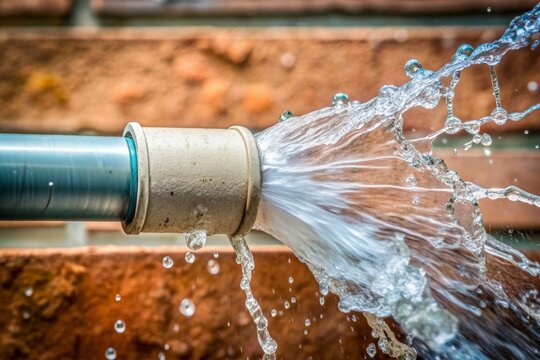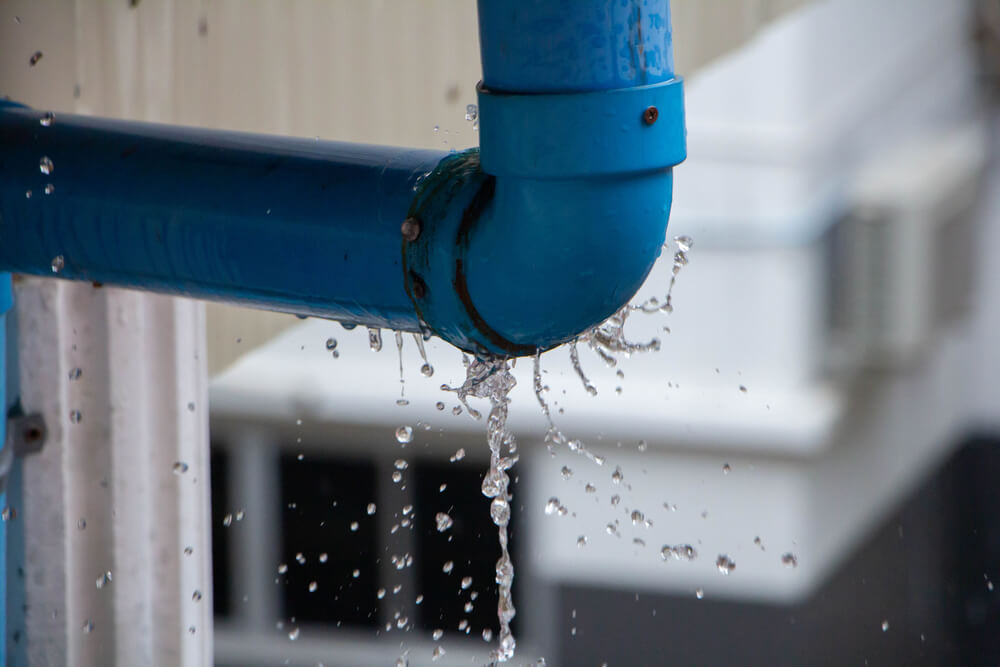Preventing Ruptured Pipes: Essential Tips to Protect Your Pipes
Protecting against burst pipes is a crucial worry for homeowners, particularly throughout chillier months when the threat of freezing is heightened. Executing critical actions such as correct insulation, routine inspections, and preserving regular indoor temperature levels can considerably minimize the probability of pipe failure.
Understand Pipeline Vulnerabilities
Recognizing pipeline vulnerabilities is necessary for effective plumbing maintenance and avoiding pricey damages. A number of elements contribute to the susceptibility of pipes to bursts, consisting of material make-up, age, and environmental conditions. Older pipelines, specifically those made from galvanized steel or polybutylene, typically degrade gradually, bring about boosted risk of leaks and tears.
Temperature level fluctuations can likewise substantially effect pipe stability. In chillier climates, water caught in pipes can ice up, putting in and expanding pressure on the pipe walls, which may inevitably bring about a ruptured. High water stress can stress pipes, particularly at bends and joints, increasing the possibility of failing.

Insulate Pipes Properly
Appropriate insulation of pipes is vital for protecting against freezing and subsequent ruptureds throughout cool climate (burst pipe). Insulating your plumbing system successfully safeguards versus temperature level drops that can bring about costly damages. Begin by identifying susceptible areas where pipes are exposed to outside temperature levels, such as cellars, attics, and outside walls
Use foam pipe insulation sleeves or wrap insulation tape around these locations to supply a safety barrier. Make sure that all areas of the pipes, especially those with limited warm exposure, receive adequate insulation. Pay unique focus to joints and fittings, as these are more susceptible to freezing.
When insulating, it's necessary to pick materials that fulfill neighborhood building ordinance and are appropriate for the specific setting. Fiberglass insulation is usually suggested for its thermal resistance buildings. Furthermore, consider making use of heat cable televisions or tape in severe conditions, which can be connected in to give extra heat
Routinely inspect shielded pipes for any kind of indications of wear or damage, as endangered insulation can decrease its performance. By taking these aggressive steps, you significantly lower the risk of pipeline ruptureds, ensuring a trusted plumbing system throughout the cold weather.
Maintain Consistent Temperature Level
A steady interior temperature level is essential for stopping ruptured pipelines during the icy months. When temperature levels decline, water within pipelines can ice up, broadening and producing stress that might ultimately cause the pipelines to ruptured. To minimize this risk, homeowners should maintain a consistent temperature throughout their home, ideally no less than 55 ° F(13 ° C)Using a programmable thermostat can assist handle indoor temperature levels properly, making sure that areas with plumbing remain warm also when your house is unoccupied. Pay unique attention to locations that are much more vulnerable to cold, such as garages, attic rooms, and cellars. Keeping closet doors open under sinks can also allow warmer air from the home to flow around plumbing.
Furthermore, it is prudent to permit faucets to leak slightly throughout severe cold snaps. This small flow of water can visit site stop cold by minimizing stress within the pipes. In addition, throughout especially extreme weather condition occasions, take into consideration briefly suspending any type of nighttime obstacles on your thermostat to keep a stable cozy environment. By implementing these techniques, house owners can considerably minimize the danger of pipe bursts and protect their plumbing systems against the harsh winter season aspects.
Routinely Inspect Pipes
Normal evaluations of plumbing systems are crucial for stopping burst pipes and keeping general home honesty. During these assessments, it is important to examine visible pipelines for indicators of rust, leaks, or use.
In addition, checking joints and links is essential, as these factors are frequently prone to leakages. House owners ought to likewise assess water stress degrees, as too much pressure can stress the pipes system and raise the risk of pipe bursts.
Take into consideration organizing specialist plumbing evaluations at least once a year, especially prior to wintertime, to guarantee your system is prepared for cooler temperatures. By being proactive in your method, you can secure your home against the pricey and turbulent repercussions of ruptured pipes.
Know Emergency Situation Treatments
Recognizing emergency situation procedures is vital for every home owner, particularly after performing routine plumbing examinations. Being prepared for a pipes emergency situation can significantly mitigate damage and conserve prices. First, situate your primary water shut-off shutoff; it is normally discovered near the water meter or where the major pop over to this web-site line enters your home. Familiarize on your own with its operation, as turning off the water supply rapidly can protect against substantial flooding.
Following, maintain important tools handy. A pipes emergency situation kit ought to include a wrench, plunger, and towels, in addition to a flashlight and a pail for tiny leaks. Furthermore, consider having the contact information for a relied on plumbing easily available, ought to the situation escalate beyond your control.
If you spot a leak or ruptured pipeline, promptly switch off the water system and alert your plumbing professional. Document the damages with photos for insurance policy functions. Know the signs of potential pipes problems, such as uncommon water stress fluctuations or damp spots on wall surfaces
Inevitably, aggressive expertise and quick action are essential in managing pipes emergency situations, ensuring your home remains protected and decreasing prospective damage.

Verdict
Finally, preventing burst pipes necessitates a multifaceted technique that consists of understanding pipeline susceptabilities, correct insulation, preserving constant indoor temperatures, normal examinations, and expertise of emergency situation procedures. By executing these important techniques, the danger of plumbing failings can be considerably decreased, thus ensuring the long life and effectiveness of the plumbing system. Aggressive procedures not only guard against potential damages however also add to overall water conservation and the security of residential property.
In colder environments, water caught in pipelines can freeze, increasing and putting in pressure on the pipeline walls, which might ultimately lead to a ruptured. When temperatures decrease, water within pipelines can ice up, creating and broadening stress that may inevitably cause the pipelines to burst. By implementing these methods, homeowners can dramatically reduce the danger of pipe ruptureds and protect their pipes systems against the harsh wintertime components.
